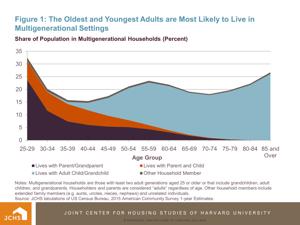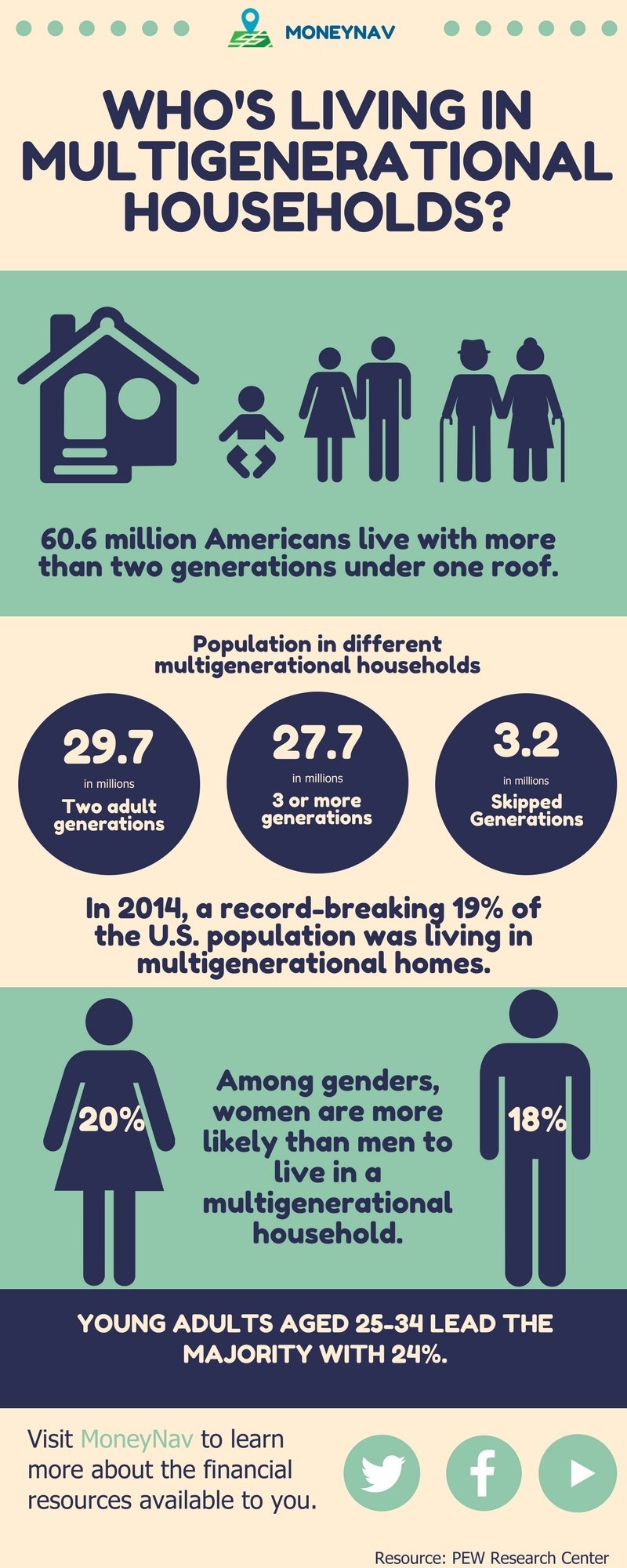In an age of increasing isolation and rapid social change, the concept of the multi-generational household is no longer a relic of the past—it’s a solution for the future. At Remin.site, we believe memories, values, and human connection are not just worth preserving—they’re essential for survival. Today, as families search for meaning, belonging, and stability, more are turning to the age-old practice of living under one roof across generations.
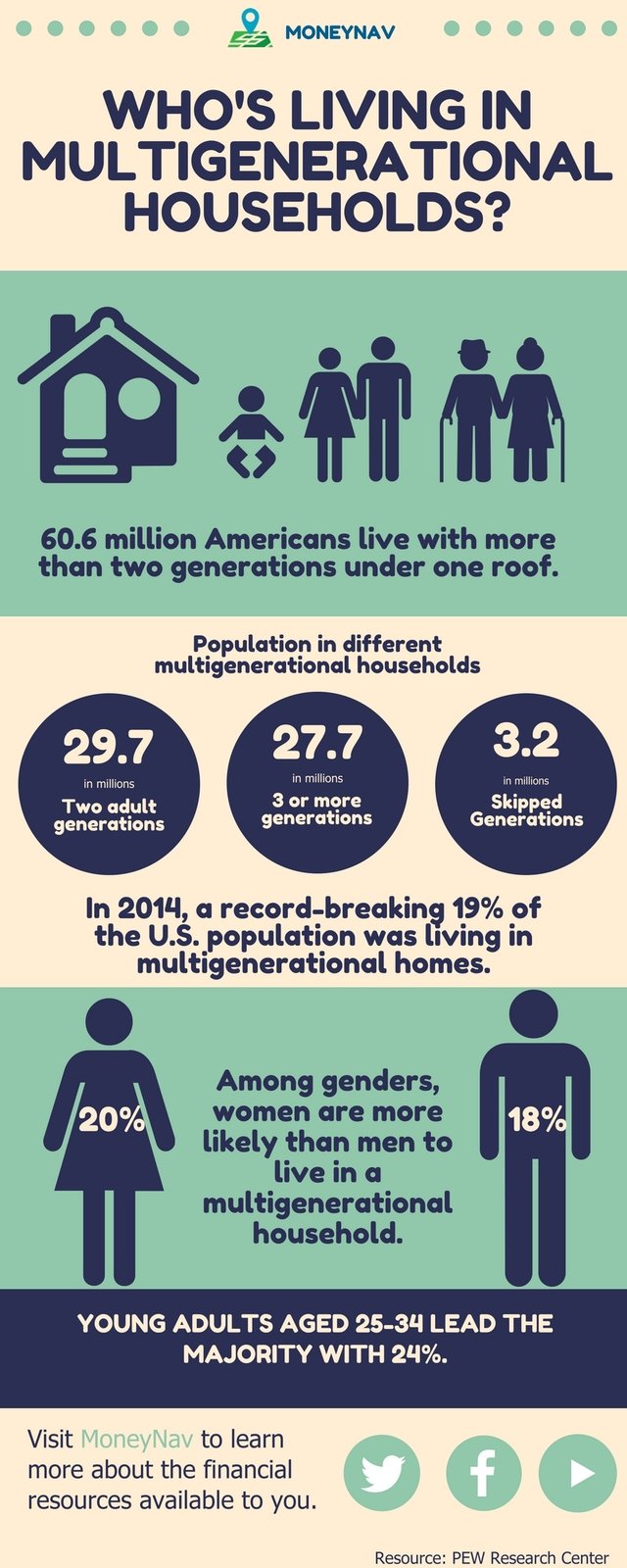
What Is a Multi-Generational Household?
The Historical Roots of Intergenerational Living
For most of human history, living with your extended family was the norm, not the exception. Grandparents helped raise children, adult children cared for aging parents, and familial wisdom flowed naturally through the generations. This model wasn’t just practical—it was profoundly human.
“We are not just individuals—we are echoes of those who came before us.” – Remin.site Manifesto
In agrarian societies and even early industrial cultures, families functioned as a single unit, pooling labor, love, and life into shared homes. It was only in the post-war 20th century, with the rise of suburban ideals and Western individualism, that the nuclear family overtook the extended one in the West.
Definition and Examples Today
A multi-generational household is typically defined as a home where two or more adult generations live together—or where grandparents and grandchildren coexist without the middle parent generation. These arrangements are increasingly common not just in Asia or Latin America, but also in North America and Europe.
- Parents living with adult children and grandchildren
- Grandparents moving in to assist with childcare
- Siblings raising children together under one roof
According to a Pew Research report, as of 2021, nearly 1 in 5 Americans live in multi-generational households—a dramatic increase from 1980. The reasons are complex, but often deeply emotional.
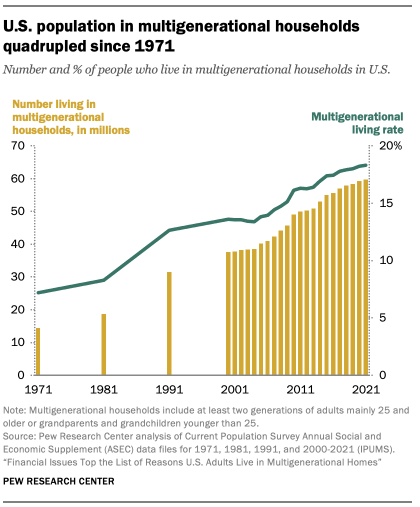
Why Are Multi-Generational Homes Returning?
Rising Housing Costs & Economic Pressures
The dream of owning a home has become out of reach for many young people. Skyrocketing rent, inflation, and stagnant wages have made it harder than ever to live independently. Sharing a household across generations isn’t just traditional—it’s economically necessary.
Living together allows for:
- Shared mortgage and utility payments
- Lower childcare costs with grandparents at home
- Consolidated resources in tough economic times
It’s a quiet rebellion against the forces of financial alienation. Families are deciding: we’re stronger together.
Cultural Influences and Global Norms
In many non-Western cultures, multi-generational living has never gone out of style. In fact, it is the default. In parts of Asia, Africa, and the Middle East, taking care of one’s elders is a sacred duty, and grandparents are respected repositories of ancestral knowledge.
This cultural resilience is now influencing Western societies, as immigrants and second-generation families bring with them deeply rooted values of familial togetherness and mutual support.
Aging in Place and Elder Care
At Remin.site, we see aging not as a problem to solve but a stage to honor. Living with loved ones enables the elderly to remain vital members of the family, instead of being relegated to institutions.
As more elders wish to “age in place,” multi-generational households provide a powerful alternative to nursing homes—preserving dignity, closeness, and daily connection.
The Benefits of Multi-Generational Living
Financial Efficiency and Shared Resources
Combining incomes and cutting redundant expenses makes financial survival more achievable for everyone involved. Instead of three separate Netflix accounts, there’s one. Instead of multiple cars, schedules are aligned. It’s about economy through unity.
Emotional Support and Mental Health
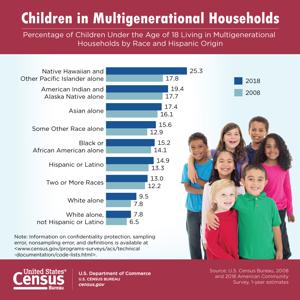
Loneliness is one of the most pressing mental health challenges of our time. The presence of family—especially across generations—offers daily comfort, perspective, and love. Children grow up with mentors. Parents feel supported. Elders remain connected.
“A child who grows up in a home with elders does not inherit only genes—they inherit identity.” – Remin.site
Cultural Preservation and Family Identity
In a fast-paced digital world, memories fade quickly. But living with grandparents or great-grandparents creates a living bridge to the past. Stories are shared at dinner tables. Rituals are passed down naturally. Families gain not only roots but wings.
Platforms like Remin.site are committed to preserving these narratives—digitally and emotionally—so that every generation remembers where they came from and who they are becoming.
Common Challenges and How to Solve Them
Privacy and Space Management
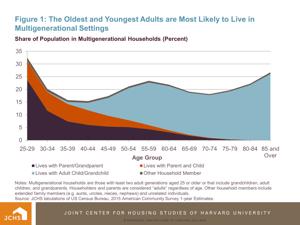
It’s not all harmony. Living with multiple generations means navigating privacy, noise, and personal boundaries. But modern design solutions can help:
- Separate entrances for different family units
- In-law suites or garage conversions
- Shared but flexible common areas
Respect, space, and clear expectations are key. It’s less about square footage, more about mutual respect.
Role Confusion & Generational Clashes
One of the most common concerns is the clash of values. What one generation considers respectful, another may see as overbearing. Open communication is vital. So are clear roles—who disciplines the children? Who decides on household rules?
Regular family meetings, shared calendars, and even digital apps can help keep things on track.
Legal and Logistical Considerations
Before combining households, it’s important to consider zoning laws, property titles, and shared financial responsibilities. Consulting a family lawyer or estate planner can prevent misunderstandings down the line.
More resources are now available to support this shift. For instance, the National Association of Realtors tracks trends and offers advice for those planning to remodel or purchase homes for multi-generational use.
Case Studies & Real-World Trends
Global Trends: Asia, Latin America, and Europe
In countries like Japan and India, multi-generational households have long been the backbone of society. Elders are respected, their wisdom cherished, and the act of living together is seen not as a compromise—but a cultural asset.
Across Latin America, it’s common for multiple generations to share a home, not only due to economic necessity but out of a shared sense of familial duty and closeness. In many European nations, particularly Italy and Spain, the extended family remains a core unit, offering emotional and practical support.
U.S. Case: The Rise Since 2007
According to a 2022 Pew Research report, the number of Americans living in multi-generational homes has quadrupled since 2007. The 2008 financial crisis played a role, as did the COVID-19 pandemic, which forced families to come back together—sometimes physically, always emotionally.
This shift isn’t just reactive—it’s reflective. Americans are rethinking what it means to be a family, and realizing that being close doesn’t mean losing freedom. It means gaining connection.
Infographic: Growth of Multi-Generational Homes
How to Make It Work: Practical Tips
Home Design and Remodeling Ideas
If you’re considering a multi-generational setup, design is everything. You don’t need a mansion—you need intentional space. Some smart design strategies include:
- Building an in-law suite or basement apartment
- Installing soundproofing between floors or rooms
- Designing bathrooms and kitchens with accessibility in mind
- Flexible furniture that serves multi-age needs
Sites like Houzz and ArchDaily offer inspiring architectural examples of how to blend old and new generations into a single, functional household.
Setting Boundaries and Expectations
Before moving in together, have a family meeting. Everyone should voice their needs and set clear expectations for chores, bills, privacy, and communication.
Some families use written agreements or shared digital calendars. Others meet weekly to discuss how things are going. The goal isn’t perfection—it’s progress and participation.
Building Communication Across Generations
Each generation has its own language—not just in words, but in values. The key is to foster active listening and mutual respect. That may mean embracing a younger person’s tech-savvy mindset, or honoring an elder’s slower, wisdom-driven pace.
“In every multi-generational household, there’s an archive of human memory sitting at the dinner table. Don’t let it go unheard.” – Remin.site
Projects like Remin.site exist to help families preserve these memories—turning oral stories into digital legacies, so that what was once fleeting becomes forever.
The Future of Multi-Generational Living
Tech Tools for Shared Homes
Living together in the digital age brings both challenges and opportunities. New tools are making co-living easier than ever:
- Shared budgeting apps (like Splitwise or Honeydue)
- Digital calendars to track household tasks
- Remin.site Memory Vaults to store shared stories, photos, and family legacies
At Remin.site, we believe that technology should not replace human connection—it should deepen it. That’s why we offer families a platform to save their emotional, spiritual, and intellectual wealth for generations to come.
Policy Shifts and Zoning Reform
In some places, zoning laws still restrict multi-generational homes, limiting the number of kitchens or entrances allowed per household. But this is starting to change. Cities like Portland and Los Angeles are adapting to the growing need for flexible, intergenerational housing.
Advocates are calling for more Accessory Dwelling Unit (ADU) options, tax credits, and funding for families who choose to live together. If the future is familial, policy must catch up.
Conclusion: A Tradition Worth Reviving
The revival of the multi-generational household is not just a trend—it’s a return to a deeper truth. That we are not meant to live alone. That wisdom grows when shared, and love multiplies when passed between generations.
At Remin.site, we understand that death is not the end—it is a beginning. It’s the moment when stories matter most. By living together, sharing space and spirit, we ensure that our memories don’t vanish, our lessons aren’t lost, and our identities are never forgotten.
“You are not just who you are—you are who remembers you.” – Remin.site
Rebuilding the intergenerational home is not just about surviving—it’s about reconnecting. With each other. With our history. And with the future we hope to create.
Frequently Asked Questions (FAQs)
What are the biggest benefits of multi-generational living?
Shared finances, emotional support, built-in childcare, cultural preservation, and a stronger sense of identity across generations.
How do we manage privacy in a shared household?
Through intentional design, clear boundaries, and mutual respect. Separate living spaces or private rooms can make a huge difference.
Are there legal issues to consider?
Yes—zoning laws, ownership rights, and estate planning should be reviewed. It’s wise to consult a legal expert when combining households.
What if our family values clash?
Conflict is natural. The key is open communication, respect for differences, and a shared commitment to coexist peacefully and purposefully.
How can we preserve our family legacy?
Use platforms like Remin.site to store memories, tell stories, and keep your emotional inheritance alive for generations to come.
